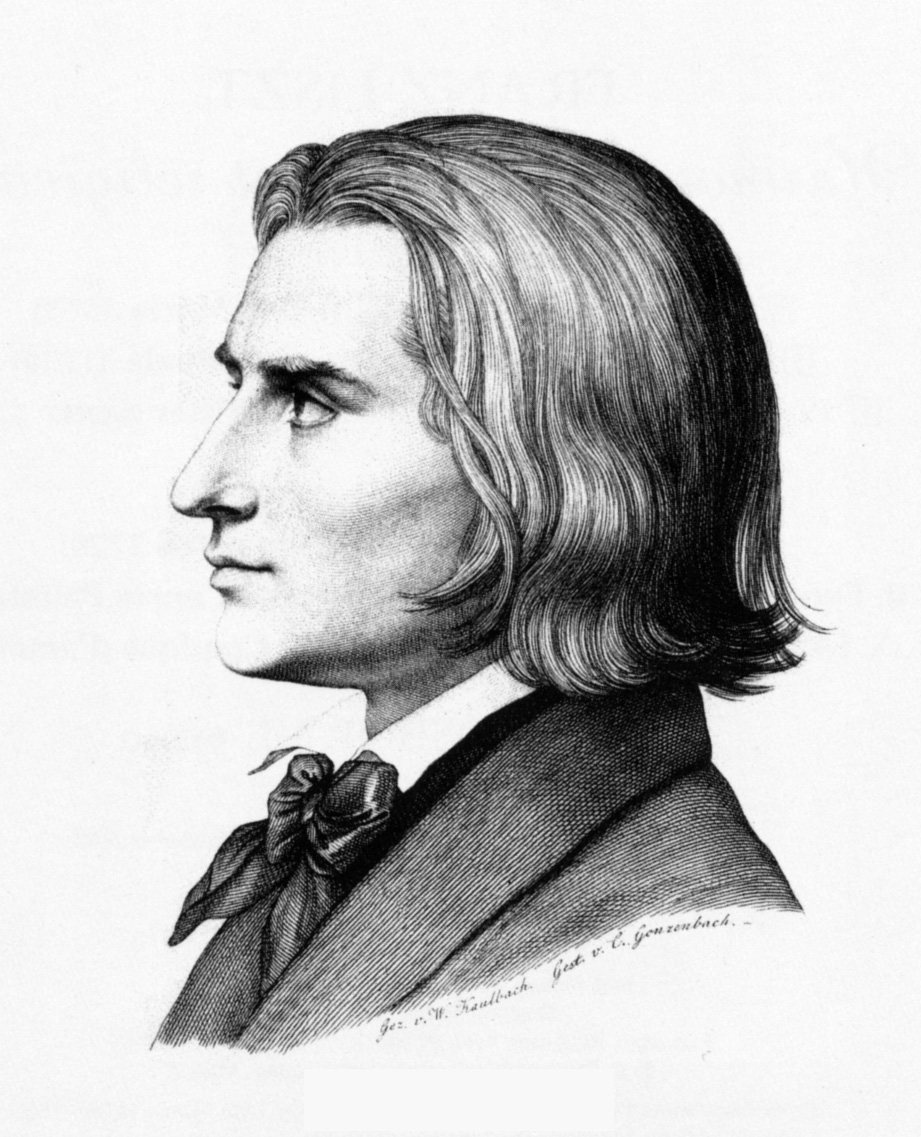|
Au Bord D'une Source
''Au bord d'une source'' ("Beside a Spring") is a piano piece by Franz Liszt; it is the 4th piece of the first suite (music), suite of ''Années de Pèlerinage'' ("Years of Pilgrimage"). There are three separate versions of ''Au bord d'une source''. The first version appears in Liszt's set ''Album d'un voyageur'' (1834–1838), and the second in the first suite of Liszt's ''Années de pèlerinage'' (1836–1855). The last version is almost identical to the second, except for the final nine bars, which were added by Liszt as a coda for his Italian piano student Giovanni Sgambati, who was also a composer; this lengthened the piece by about 30 seconds. The coda was written in 1863. The second version of ''Au bord d'une source'' is often regarded as the most popular. In the first version the technical difficulties are considerably higher to the pianist, whilst the last version adds a flashy Coda (music), coda.[ Au Bord d'une Source at allmusic] Analysis The main theme of ''Au bord ... [...More Info...] [...Related Items...] OR: [Wikipedia] [Google] [Baidu] |
Liszt In 1843
Franz Liszt, in modern usage ''Liszt Ferenc'' . Liszt's Hungarian passport spelled his given name as "Ferencz". An orthographic reform of the Hungarian language in 1922 (which was 36 years after Liszt's death) changed the letter "cz" to simply "c" in all words except surnames; this has led to Liszt's given name being rendered in modern Hungarian usage as "Ferenc". From 1859 to 1867 he was officially Franz Ritter von Liszt; he was created a ''Ritter'' (knight) by Emperor Francis Joseph I in 1859, but never used this title of nobility in public. The title was necessary to marry the Princess Carolyne zu Sayn-Wittgenstein without her losing her privileges, but after the marriage fell through, Liszt transferred the title to his uncle Eduard in 1867. Eduard's son was Franz von Liszt., group=n (22 October 1811 – 31 July 1886) was a Hungarian composer, pianist and teacher of the Romantic period. With a diverse body of work spanning more than six decades, he is considered to be one of ... [...More Info...] [...Related Items...] OR: [Wikipedia] [Google] [Baidu] |

